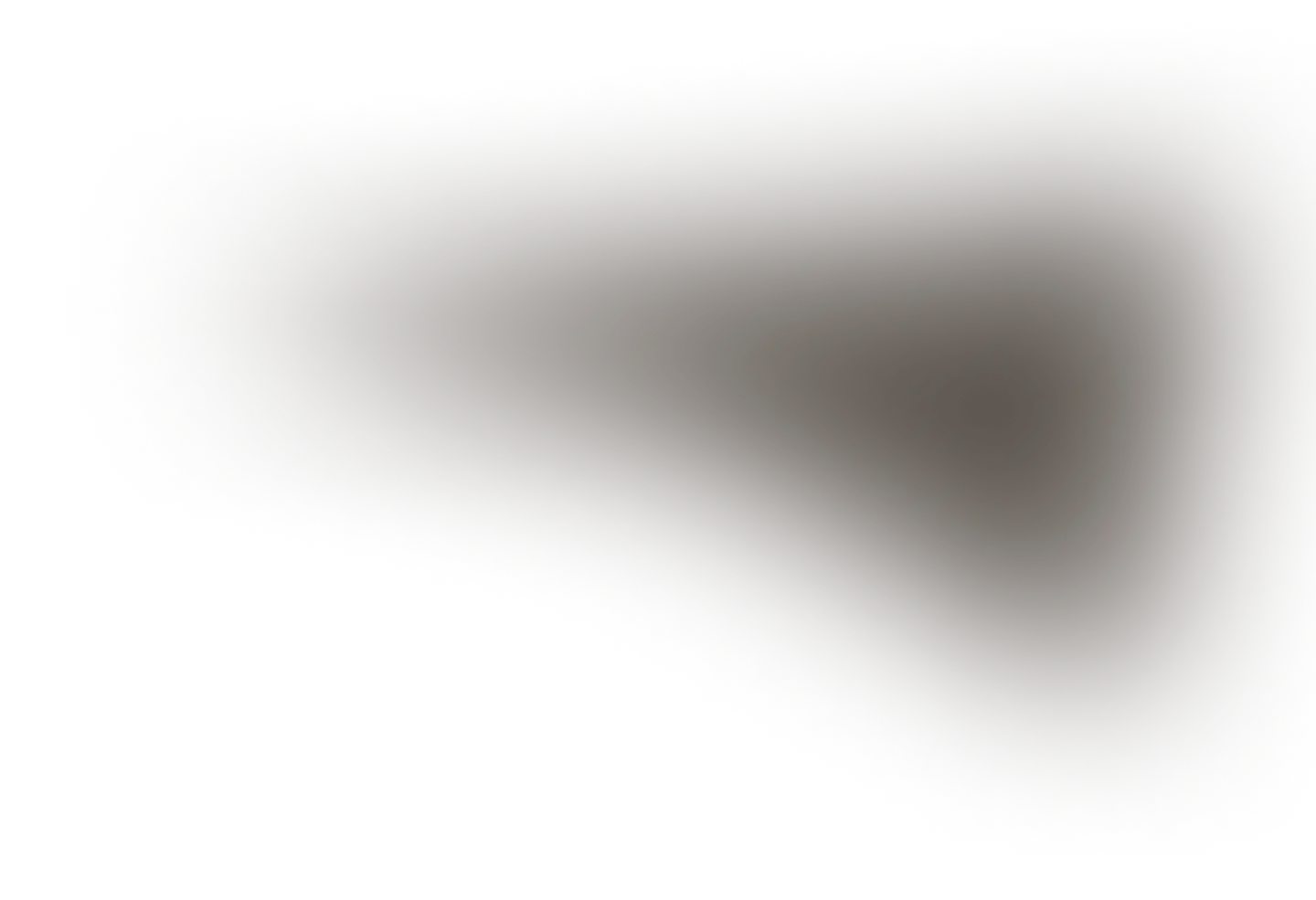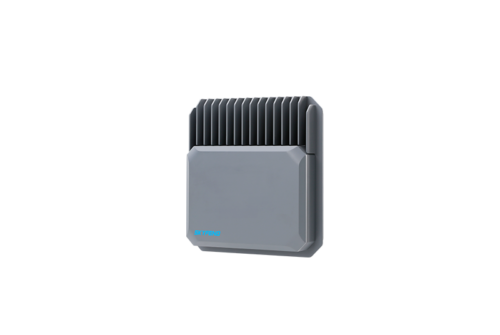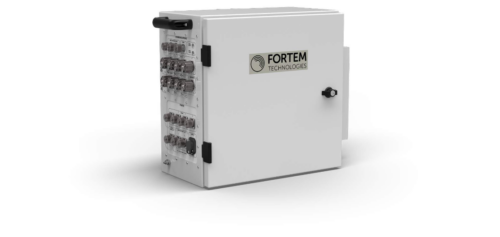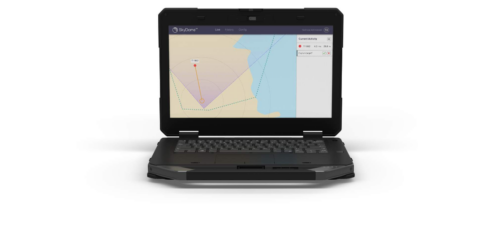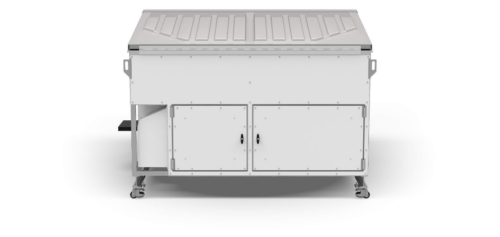DF5 Spectrum analyzer, passive system
Stationary Drone Detection and Direction Finding All-in-One System
The Stationary Drone Detection and Direction Finding All-in-One System (DF) adopts the Cognitive Radio Protocol Cracking (CRPC) technology, which incorporates built-in advanced algorithms to analyze the radio signals within the monitoring area, and accomplishes passive detection, black and white list, precise identification, direction indicating, and effectively early warning.

CRPC® – Cognitive Radio Protocol Cracking
Cognitive radio protocol reverse resolution technology developed by Lizheng Technology, and it was first used in low-altitude drone detection and defense. It uses radio spectrum sensing technology (similar to the feature extraction of viruses by Internet antivirus software) to extract drone communication signals (mainly remote control and picture transmission signals) from background noise and carry out in-depth reverse analysis.
Features (electronic fingerprint ID) are extracted through offline analysis of drone communication protocols, including but not limited to channel distribution, modulation scheme, coding scheme, pilot sequence, synchronization sequence, link layer structure, etc. Then the drone detection database will be formed according to the above analysis results, and the real-time detection and matching are carried out in the actual radio environment. Finally, the features are applied to the real-time detection (rapid feature matching and recognition) and precision jamming (distinguishing different drones) of drones.
Analysis of Radio Protocol Frame Structure
Physical layer information, including modulation schemes, coding schemes, synchronization sequences, frequency guide sequences, and so on;
Demodulate Physical Layer Data Frames
Obtain ID bit information, used as electronic fingerprint. Use the unique ID identification of drones to achieve accurate identification and black-and-white list function;
Decode Data Layer Information
More real-time data packet information is extracted from the drone signal data layer to realize data decoding, and the position of the drone and the pilot is obtained;
High Precision Synchronized Frame Structure
Obtain drone signal time series and frequency modulation sequence for frequency tracking interference of different drone signals to achieve precise jamming of selected targets.
Lorem ipsum dolor sit amet, consectetur adipiscing elit. Ut elit tellus, luctus nec ullamcorper mattis, pulvinar dapibus leo.
RFML – Radio Frequency Machine Learning
Wireless signal machine learning technology, extensively extracts signal features through neural network, so as to achieve the identification of drone signals, IDs and other functions. In the recognition and defense of low-altitude drone, its neural network does not depend on the special design of the transmitted signal, and can extract and use the signal features of a longer range, and the machine learning time is shorter, can quickly identify different types of low-altitude drone, so as to realize the signal learning of unknown drones and the rapid expansion and improvement of the model library. Compared with traditional drone detection and recognition technology, RFML has the following advantages:
Fast support for unknown drones
For the support of DIY, traversal and other new drones, only a certain amount of drone signals need to be obtained, and then the support of the new drones can be achieved through the training of neural network. Compared with the traditional manual extraction of signal features, the training time of neural network has significant advantages such as short time and less manual participation.
Wider range of radio applications
Traditional drone detection techniques mostly rely on the special design of the transmitted signal, and it is difficult to take advantage of other unique characteristics of the signal (such as CFO). However, these features can be extracted and exploited by RFML using neural networks. In other words, RFML can take advantage of a much wider range of signal characteristics than traditional technologies, so RFML can be applied to a much wider range of applications than traditional technologies.
